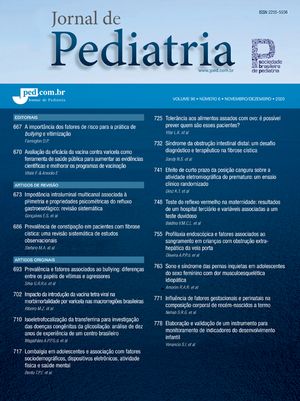
To perform a critical evaluation of the more recent H1 antihistamines and the various terms used to describe them, based on a review of evidence on their role in the treatment of allergic disorders.
Sources of dataOriginal articles, reviews and consensus documents published from 1998 to 2006 and indexed in the MEDLINE and PubMed databases. Keyword: antihistamines.
Summary of the findingsSecond-generation antihistamines differ from first-generation ones because of their elevated specificity and affinity for peripheral H1 receptors and because of their lower penetration of the central nervous system (CNS), having fewer sedative effects as a result. Whilst second-generation antihistamines are in general better tolerated than their predecessors, some adverse effects, principally cardiotoxicity, have been observed with some of them. Over the last 20 years, new compounds with different pharmacokinetic properties have been synthesized. The majority of these exhibit anti-inflammatory properties that are independent of their action on the H1 receptor. More recent improvements, generally in the form of active metabolites, led to the use of the term third-generation antihistamines. This term emerged spontaneously, with no clear definition of its meaning or clinical implications, creating great confusion among healthcare professionals.
ConclusionOn the basis of the evidence on H1 antihistamines, none of them deserve the title "third-generation antihistamine." As the Consensus Group on New Generation Antihistamines concluded, to merit this definition, a new class of antihistamines would have to demonstrate distinct clinical advantages over existing compounds and fulfill at least three prerequisites: they should be free from cardiotoxicity, drug interactions and effects on the CNS.
Avaliar criticamente os mais novos anti-histamínicos anti-H1 e os diferentes termos utilizados para denominá-los, com base na revisão de evidências sobre o papel dos anti-H1 no tratamento das doenças alérgicas. Fontes dos dados: Artigos originais, revisões e consensos indexados nos bancos de dados MEDLINE e PUBMED de 1998 a 2006. Palavra chave: anti-histamínicos.
Fontes dos dadosArtigos originais, revisões e consensos indexados nos bancos de dados MEDLINE e PUBMED de 1998 a 2006. Palavra chave: anti-histamínicos.
Síntese dos dadosOs anti-histamínicos de segunda geração diferenciam-se dos de primeira geração por sua elevada especificidade e afinidade pelos receptores H1 periféricos e pela menor penetração no sistema nervoso central (SNC), com conseqüente redução dos efeitos sedativos. Embora os anti-histamínicos de segunda geração sejam, geralmente, melhor tolerados do que seus predecessores, alguns efeitos adversos, principalmente cardiotoxicidade, surgiram com alguns deles. Nos últimos 20 anos, novos compostos, com diferentes farmacocinéticas, foram sintetizados. A maioria deles manifesta propriedades antiinflamatórias que independem de sua atividade no receptor H1. Aprimoramentos mais recentes, geralmente na forma de metabólitos ativos, levaram ao uso do termo anti-histamínico de terceira geração. Esse termo surgiu espontaneamente, sem uma descrição clara de seu significado e implicações clínicas, criando grande confusão entre os profissionais da saúde. Conclusões: Com base nas evidências sobre anti-histamínicos anti-H1, nenhum deles pode ser considerado como "anti-histamínico de terceira geração". Para tanto, seria preciso comprovar que a nova classe de anti-histamínicos possui vantagens clínicas distintas sobre os compostos existentes e preenche pelo menos três pré-requisitos: ausência de cardiotoxicidade, de interações medicamentosas e de efeitos sobre o SNC.
ConclusõesCom base nas evidências sobre anti-histamínicos anti-H1, nenhum deles pode ser considerado como "anti-histamínico de terceira geração". Para tanto, seria preciso comprovar que a nova classe de anti-histamínicos possui vantagens clínicas distintas sobre os compostos existentes e preenche pelo menos três pré-requisitos: ausência de cardiotoxicidade, de interações medicamentosas e de efeitos sobre o SNC.








